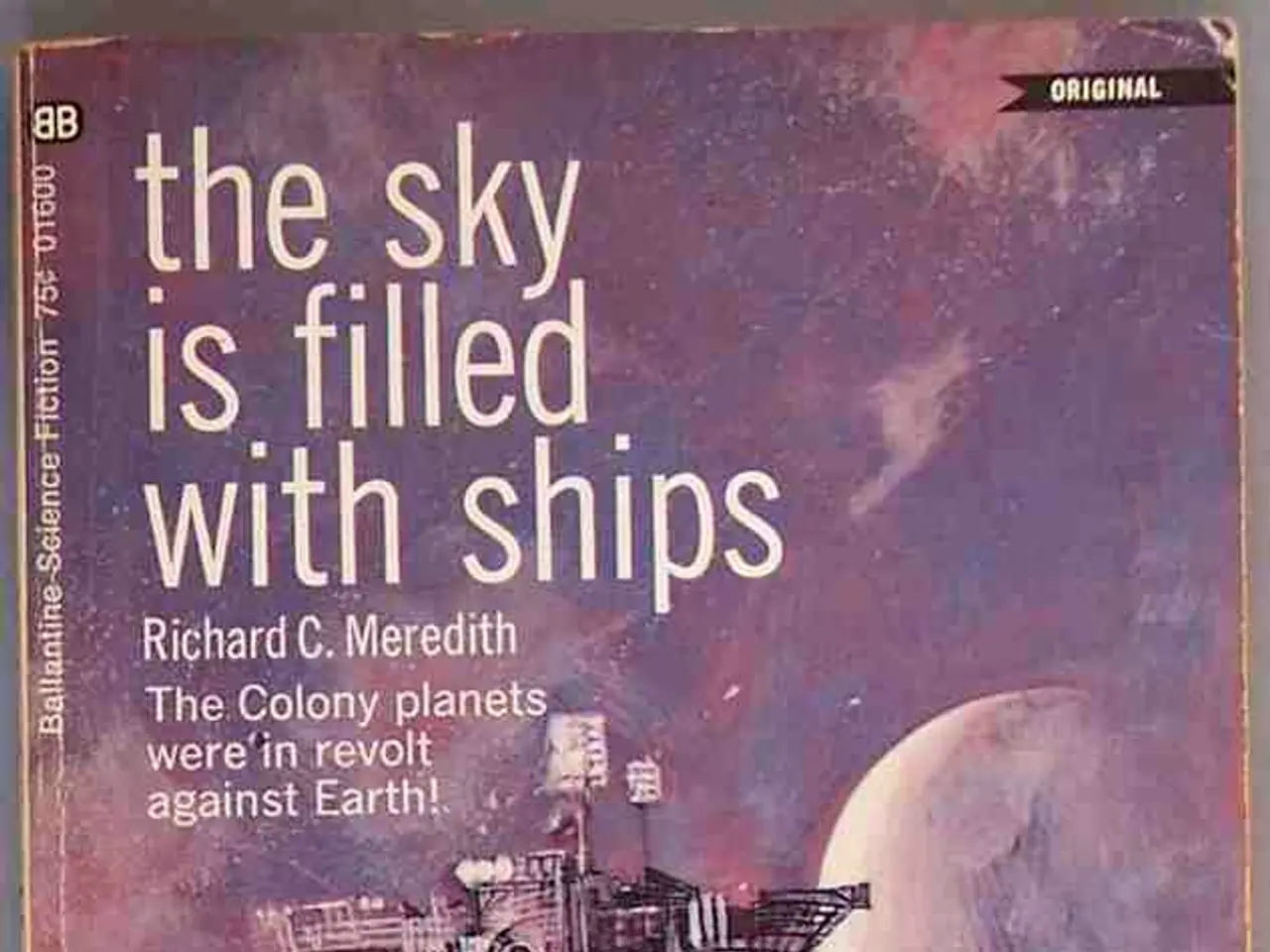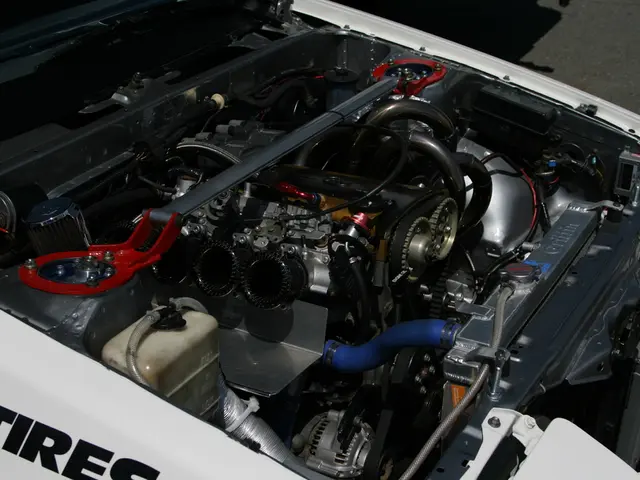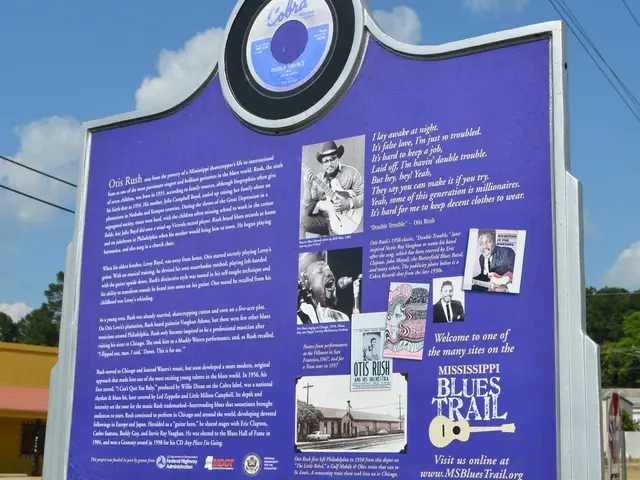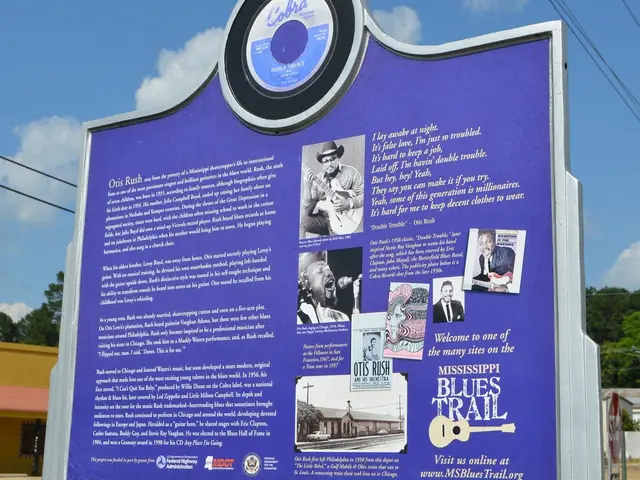Astronomers Find Earliest Supermassive Black Hole in 'Little Red Dot' Galaxy
Astronomers have found the most distant black hole to date, located in the heart of a unique galaxy called CAPERS-LRD-z9. This remarkable discovery, reported by an international team including Emily Curtis and Jonathan R. Trump, pushes the boundaries of our understanding of the early Universe. CAPERS-LRD-z9, a newly classified 'little red dot' galaxy, is unlike any other seen in the first 1.5 billion years of the Universe. It hosts a supermassive black hole, estimated to be up to 300 million times the mass of our Sun. This is unusually large for such an early formation, around 500 million years after the Big Bang when the Universe was just 3% of its current age. The team, led by Wei-Hao Wang, discovered the black hole using the James Webb Space Telescope and spectroscopy. They plan further observations with higher resolution to learn more about this distant celestial body. The discovery of this ancient supermassive black hole in CAPERS-LRD-z9 challenges our current understanding of black hole formation and early galaxy evolution. Future observations with the James Webb Space Telescope will undoubtedly provide more insights into this fascinating find.
Read also:
- Chile's $10B Green Energy Project Threatens World-Class Observatory
- Exploring Harry Potter's Lineage: Decoding the Enigma of His Half-Blood Ancestry
- Elon Musk Acquires 26,400 Megawatt Gas Turbines for Powering His AI Project, Overlooks Necessary Permits for Operation!
- Ontario terminates $100M Starlink agreement due to U.S. import taxes








